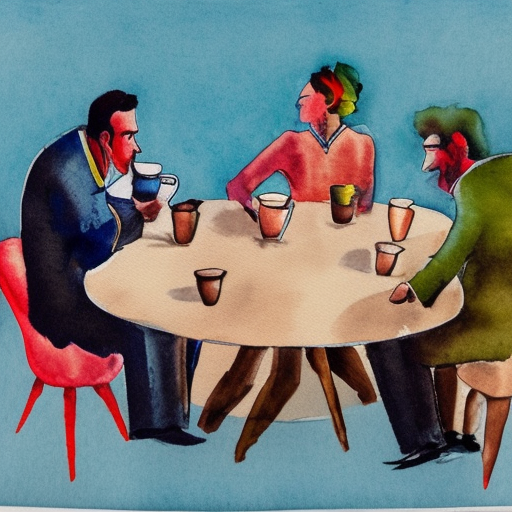Coffee beans are the backbone of your morning cup of joe. After all, without them, there would be no coffee! But did you know that there are actually several different kinds of coffee beans? Each variety has its own unique flavor profile and can be used to create delicious cups of coffee. Let’s explore some of the most common types of coffee beans available today so you can make an informed decision when buying your next bag.
Arabica Coffee Beans
Arabica beans are grown in high altitudes and have been cultivated since the 15th century. They’re considered to be superior in quality due to their sweet flavor notes such as chocolate, caramel, and honey. Arabica beans are also known for their lower acidity level compared to other varieties. These beans are generally more expensive than other types but they’re worth it if you want a smooth cup with a rich flavor profile.
Robusta Coffee Beans
Robusta beans come from a different species of plant than Arabica beans and are often grown at lower altitudes than Arabica beans. They contain more caffeine than Arabica beans and have a strong, bitter taste that some people find too intense. Robusta beans also have higher levels of antioxidants which can help boost your energy levels throughout the day. While they may not have the same complexity as Arabica beans, they still make an excellent base for espresso or cappuccino drinks due to their bold flavor.
Liberica Coffee Beans
Liberica is a lesser-known variety of bean that was originally grown in Liberia but is now farmed in countries like Indonesia and Philippines. It has a distinctive nutty aroma with hints of smokiness and earthiness on the palate. Liberica tends to be much harder to find than both Arabica and Robusta so it’s best to buy it online if you’d like to try this unique variety yourself!
Decaffeinated Coffee Beans
If you’re looking for a caffeine-free option then decaffeinated coffee beans may be your best bet. Just like their caffeinated cousins, decaffeinated coffee comes in all sorts of varieties including Arabica, Robusta, and specialty blends like Kona Decaf or Colombian Decaf. The process used to remove the caffeine typically involves soaking the green (unroasted) coffee beans in water before being exposed to either heat or solvents to remove the caffeine molecules without sacrificing any of its original flavor or aroma characteristics.
No matter what type of coffee bean you choose, you’re sure to get an amazing cup each time. Knowing the different types available will help you make an informed decision when picking out your next bag so that you can enjoy whatever variety suits your tastes best. With its rich history spanning centuries, it’s no wonder why coffee remains one of the world’s favorite beverages today. So go ahead – explore some different varieties today and start making delicious cups of java



